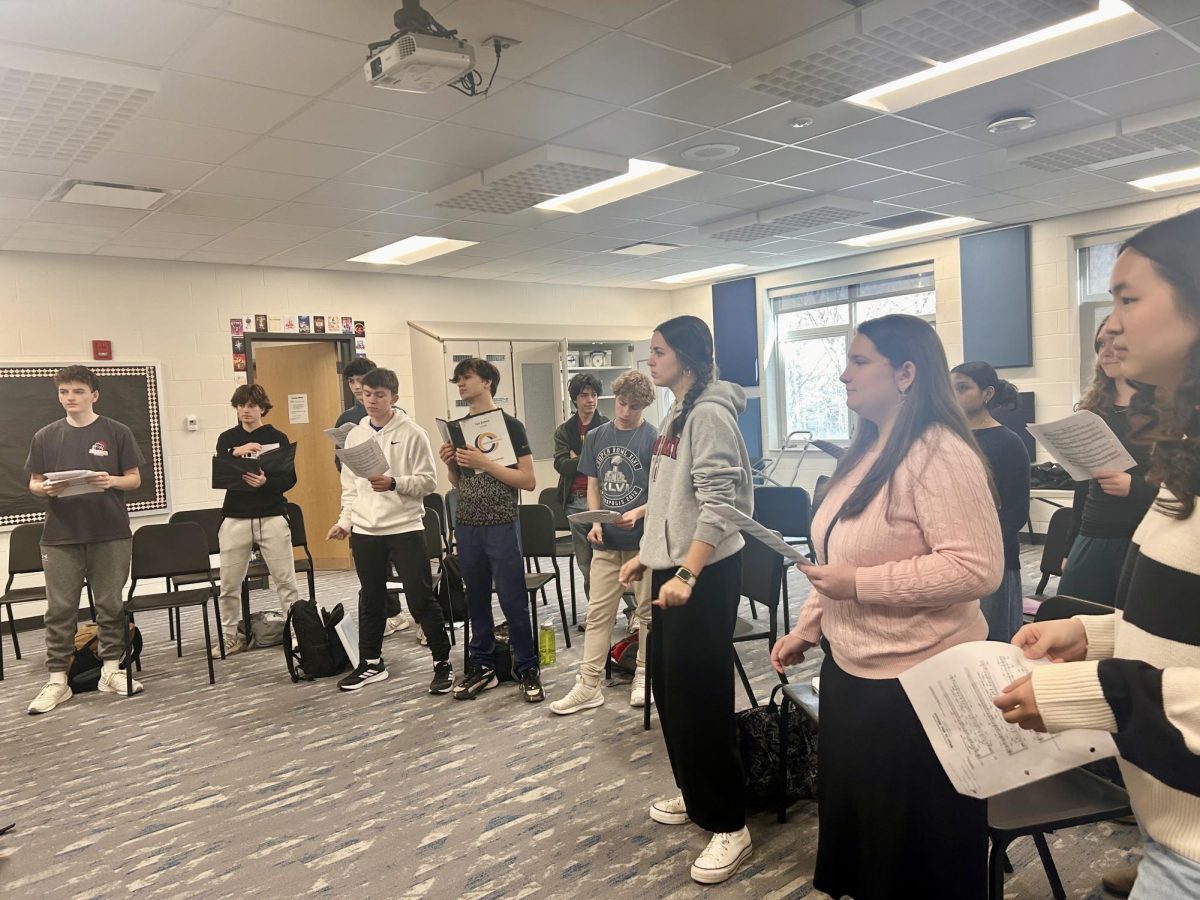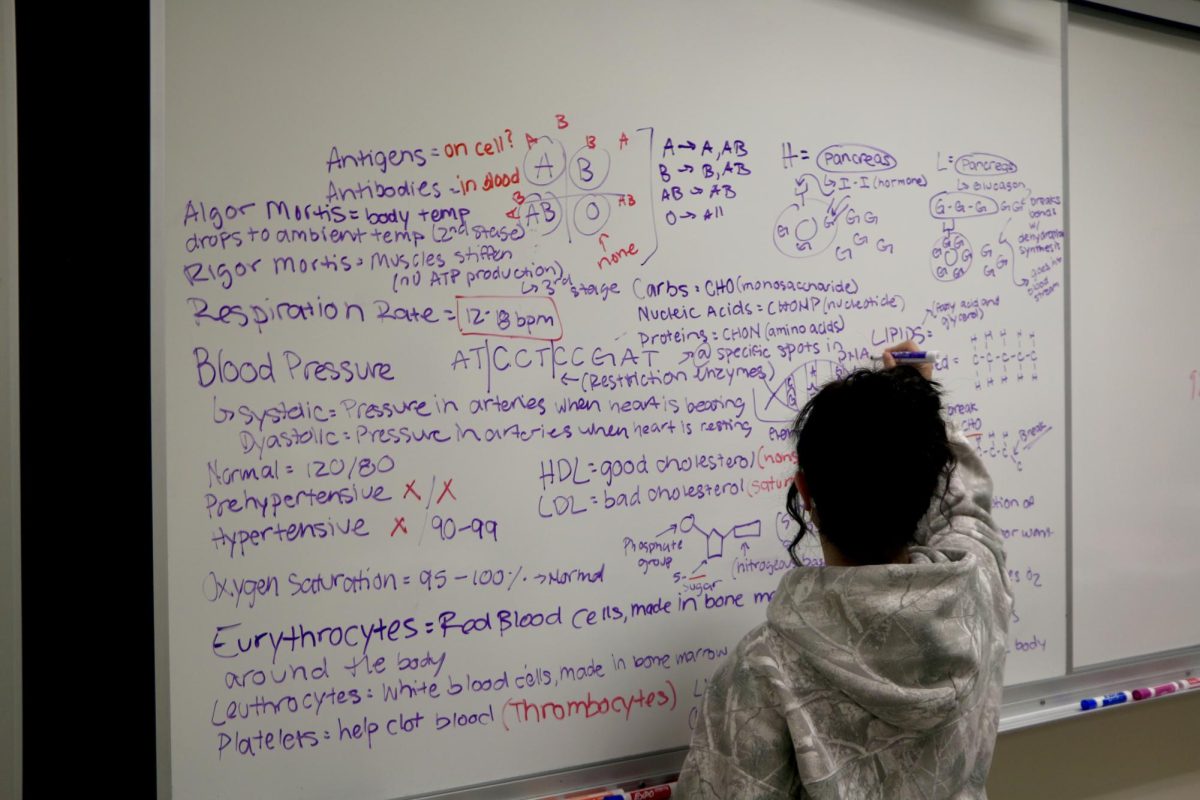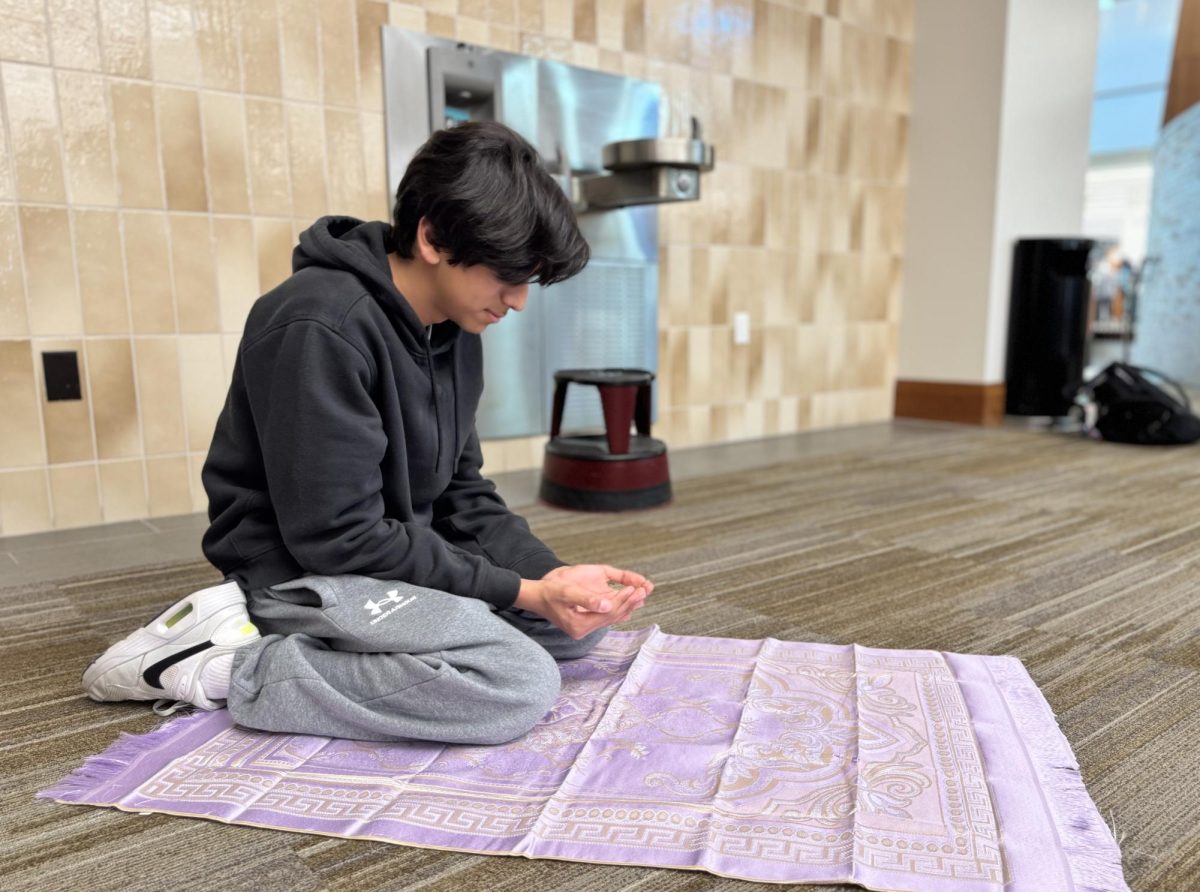By Sarah Sheafer
<ssheafer@hilite.org>
In the fall of last year, former Superintendent Barbara Underwood proposed a budget cut of $3 million. Just last month, Gov. Mitch Daniels announced a K-12 school funding cut of about $300 million statewide. Starting this month, schools will lose about 3.5 percent of current state funding. This means that the Carmel Clay School System is looking at an additional $3.8 million cut from the state, forcing the school board to find an alternative source of revenue.
In addition to these cuts, Carmel’s money from a current referendum of $2 million will run out in 2012, and another cut to protect class size will result in extra $2.8 million to the debt.
What was once a $3 million budget cut has now turned into a $11.6 million loss.

According to newly-appointed Superintendent Jeff Swensson, the additional cut in state funding was a shock. He said, “(At the end of December) we were told that starting in January 2010 we would be receiving $300,000 a month less than what we were told before. We were also told that this would be permanent, so we’ll never see that amount of money again. And it’s not just us; the governor announced across the state that there would be cuts in funding.”
The school board is considering a referendum to recover some of the money loss and is gathering information to make the decision. According to Swensson, a vote on a referendum, should it occur, would take place in May of this year and would allow Carmel residents to vote on whether or not to raise taxes to help school funding.
Swensson said, “A referendum would allow our community to decide or choose on our revenue. The state isn’t providing us with the revenue we need, so a referendum is the only way we have to stabilize revenue.”
Tricia Hackett, vice president of the school board, said via e-mail that a public referendum would address a series of issues. “Due to the recession and the unequal nature of the present funding formula, the Carmel Clay School District has a revolving revenue problem,” she said.
According to Hackett, a referendum would address the following issues: $3 million reduction proposal to meet anticipated expenses, $3.8 million annual reduction from recent state mid-cycle cuts, present $2 million referendum which ends 2012, funding for initiatives necessary for building on a high caliber education. A referendum is the only way to locally raise funds to support our own school system.
According to Swensson, the reason why many of the financial issues for the district are occurring now is because the state shifted funding for public schools from property to sales tax about two years ago. Property taxes had kept the source of revenue stable. Because of the recent recession and the switch to sales tax, however, funding is now unstable.

If Carmel residents voted “yes” to a tax in May, the money received from the referendum would not be received by the school system until 2011. However, Swensson said, “We think we can deal with (the wait) and stabilize the revenue until then.”
Karen Taff, social studies teacher and former representative from the Carmel Clay Education Association (CCEA), said the association has been saying for years that the district’s general funds are under-funded compared to neighboring district.
She said, “In the mid 1980s, citizens (in Carmel) voted to raise property taxes in support of education. You’re here and I’m here because of a referendum 20 years ago. People knew class size and salaries for teachers that were at least equivalent to neighboring districts were important, but especially class size.”
According to Swensson, 93 percent of the school system’s budget goes to paying salaries and benefits. This means that the budget cut would affect class sizes because the school board would have to make the decision to cut teachers. Underwood’s proposed budget cut involved roughly 35 job losses. But with the additional $3.8 million taken away by the state, even more jobs could be lost.
“We don’t have any way to raise funds unless through a referendum to stop these losses. We want to serve our community by serving our students, so we need to stop job losses because our goal, what we want to do, is protect class size,” Swensson said. “(A referendum) is about protecting class sizes, programs and property values.” Additional reporting by Rosemary Boeglin.































![AI in films like "The Brutalist" is convenient, but shouldn’t take priority [opinion]](https://hilite.org/wp-content/uploads/2025/02/catherine-cover-1200x471.jpg)













































![Review: “The Immortal Soul Salvage Yard:” A criminally underrated poetry collection [MUSE]](https://hilite.org/wp-content/uploads/2025/03/71cju6TvqmL._AC_UF10001000_QL80_.jpg)
![Review: "Dog Man" is Unapologetically Chaotic [MUSE]](https://hilite.org/wp-content/uploads/2025/03/dogman-1200x700.jpg)
![Review: "Ne Zha 2": The WeChat family reunion I didn’t know I needed [MUSE]](https://hilite.org/wp-content/uploads/2025/03/unnamed-4.png)
![Review in Print: Maripaz Villar brings a delightfully unique style to the world of WEBTOON [MUSE]](https://hilite.org/wp-content/uploads/2023/12/maripazcover-1200x960.jpg)
![Review: “The Sword of Kaigen” is a masterpiece [MUSE]](https://hilite.org/wp-content/uploads/2023/11/Screenshot-2023-11-26-201051.png)
![Review: Gateron Oil Kings, great linear switches, okay price [MUSE]](https://hilite.org/wp-content/uploads/2023/11/Screenshot-2023-11-26-200553.png)
![Review: “A Haunting in Venice” is a significant improvement from other Agatha Christie adaptations [MUSE]](https://hilite.org/wp-content/uploads/2023/11/e7ee2938a6d422669771bce6d8088521.jpg)
![Review: A Thanksgiving story from elementary school, still just as interesting [MUSE]](https://hilite.org/wp-content/uploads/2023/11/Screenshot-2023-11-26-195514-987x1200.png)
![Review: "When I Fly Towards You", cute, uplifting youth drama [MUSE]](https://hilite.org/wp-content/uploads/2023/09/When-I-Fly-Towards-You-Chinese-drama.png)
![Postcards from Muse: Hawaii Travel Diary [MUSE]](https://hilite.org/wp-content/uploads/2023/09/My-project-1-1200x1200.jpg)
![Review: "Ladybug & Cat Noir: The Movie," departure from original show [MUSE]](https://hilite.org/wp-content/uploads/2023/09/Ladybug__Cat_Noir_-_The_Movie_poster.jpg)
![Review in Print: "Hidden Love" is the cute, uplifting drama everyone needs [MUSE]](https://hilite.org/wp-content/uploads/2023/09/hiddenlovecover-e1693597208225-1030x1200.png)
![Review in Print: "Heartstopper" is the heartwarming queer romance we all need [MUSE]](https://hilite.org/wp-content/uploads/2023/08/museheartstoppercover-1200x654.png)

